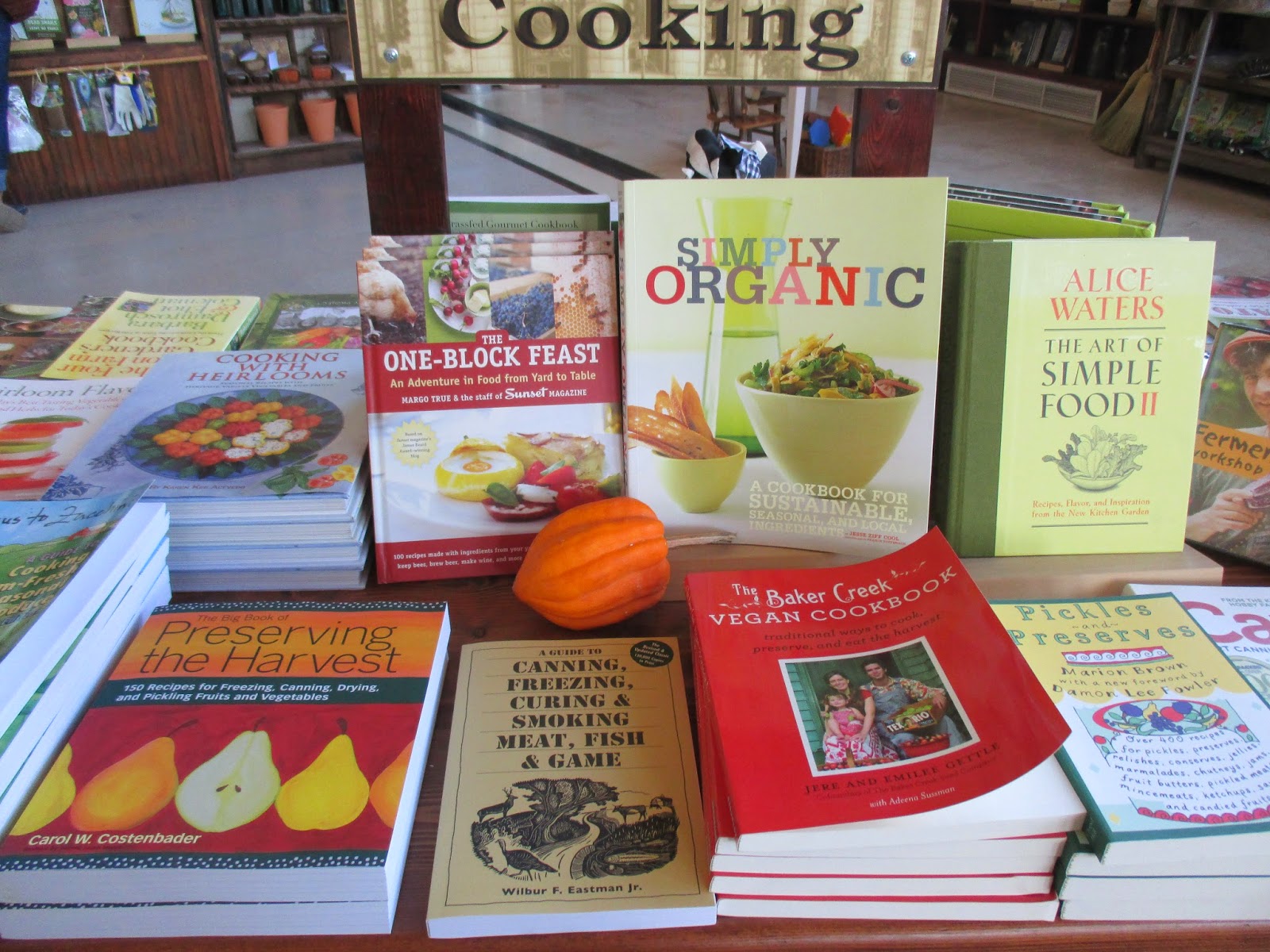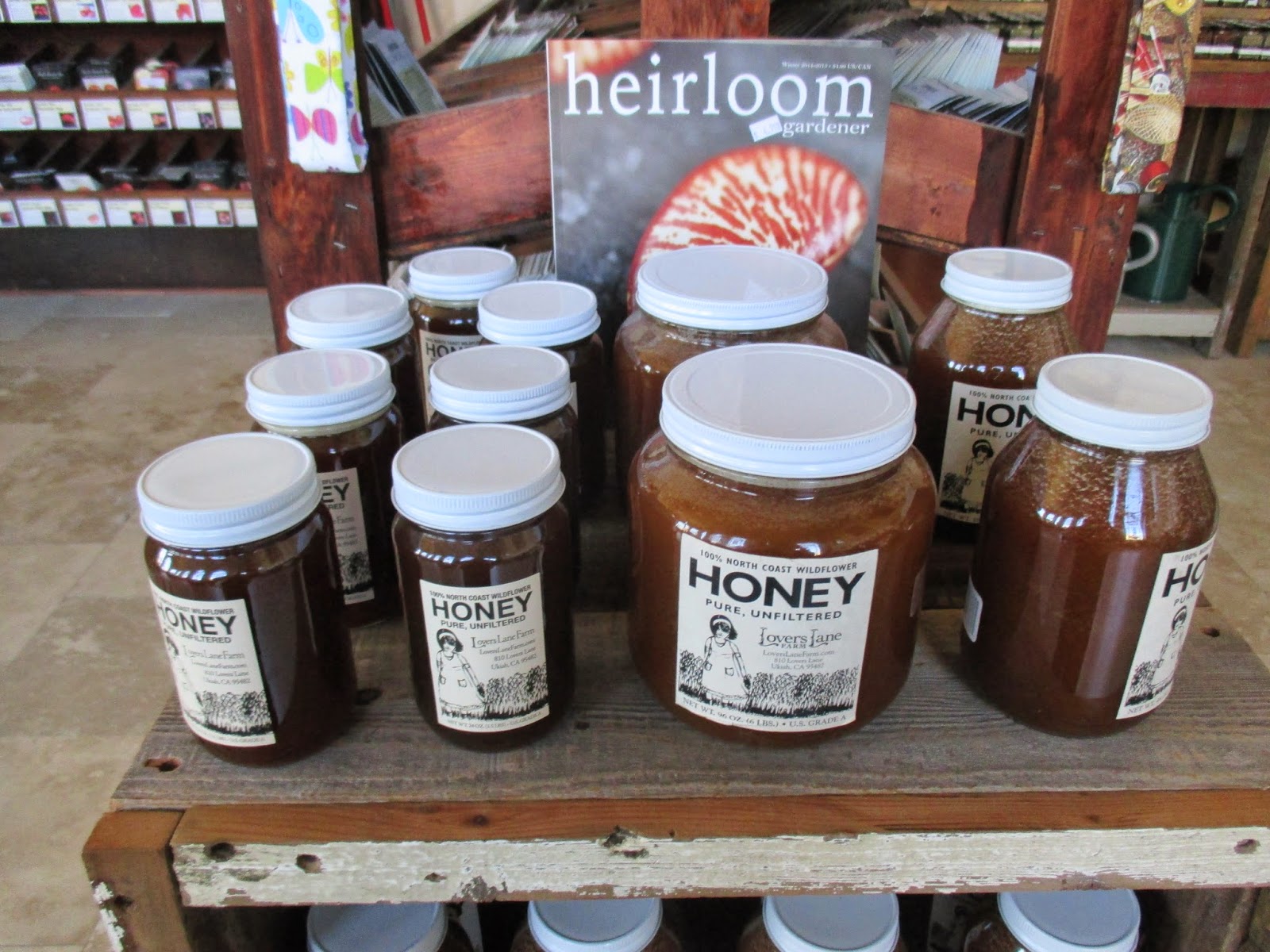Not only the Conservatory / Glass Houses are decorated with beautiful lights, but almost every tree in the extended gardens is magically illuminated. A delightful experience that brings you into the holiday mood. I wish I would have had a better camera that my little pocket one - or being a better photograph : ) but I hope these images will invite you to experience the Longwood Gardens during the dark time of the year.
.
.
Try to come early in the afternoon, around the time when the sun sets, not when it is already dark, to see a bit more of the gardens, and to get the best sun-set photo illuminations.
..
Choose one of the “non-peak days” which are Mondays through Fridays from November 26, 2015–January 10, 2016, excluding December 26–January 1.
Admission is $17 for seniors, 5-18 years $10, and adults $20. There is also a group discount and military discount. Parking is free.
.
.
Did you know Philadelphia is America’s Garden Capital and Longwood Gardens is a part of it all? With more than 30 public gardens, arboreta, and historic landscapes all located within 30 miles, the Greater Philadelphia region has more gardens in close proximity than anywhere else on the continent! See all of the gardens that make this distinction possible.
.
The outdoor holiday lights begin to come on at 3:30 pm and the Open Air Theatre fountain shows run continuously throughout the evening. Dine at the 1906 Restaurant at Longwood Gardens and experience culinary artistry as fine as their horticultural displays. Make an early reservation as the 1906 Restaurant is often booked out.
.
.
This Google Map show the location of Longwood Gardens.
.
.
No reservation required at The Café
Enjoy your meal in one of three rooms: "The Lodge," with a central fireplace and expansive views of Longwood; "The Founder's Room," honoring Founder Pierre du Pont and his many contributions to the Gardens; and "The Gallery," showcasing artwork created by students in Longwood's Continuing Education classes. Seating is first-come, first-served.
.
.
Once you enter the Gardens, you may stay as long as you wish. If you wish to leave and re-enter—no problem. Just be sure to stamp your hand.
.
.
.
.
Enjoy your visit at Longwood Gardens,
not only for the Christmas lighting, but year-round!
not only for the Christmas lighting, but year-round!
What others are writing about the history of the Longwood gardens:
"Longwood Gardens is in the heart of the Brandywine Valley about 30 miles west of Philadelphia. It lies on just over 1,000 acres of land, with 20 themed gardens and a huge, historic glass conservatory."
"The 202-acre parcel of land now comprising just a small part of today's Longwood Gardens which was first purchased by the Peirce family in 1700 and generations of this Quaker family continue to live and farm there. Two brothers, Joshua and Samuel, had a love affair with trees and began to plant a great variety of species in 1798. By 1850, it was a well-known arboretum called as Peirce's Park and today, these grounds with their wealth of deciduous and evergreen trees have been open to the public for well over 200 years.
Strangely, this fact is due entirely to the gun-powder baron, Pierre S. du Pont, who purchased the property when he heard that the new owner was poised to sell the ancient trees as lumber in 1906. He restored the property and until his death in 1954, du Pont made Longwood Gardens a spectacle for millions of visitors, spending over $25 million in its 45-year development during his lifetime."
The grounds are expansive and visitors can rent a an electric scooter for $15. Wide lawns for kids to play as well as garden after garden for adults to enjoy: Italian and French-inspired pool and fountain displays, an English-style topiary garden, a large and impossibly lush traditional rose garden, a peony and wisteria display, as well as a forest walk and meadow. Perhaps the most impressive part of Longwood Gardens, though, is the First World War era conservatory with its all season glass rooms that feature everything from bonsai to orchids."
For more information, go to the Longwood Gardens website:



















































